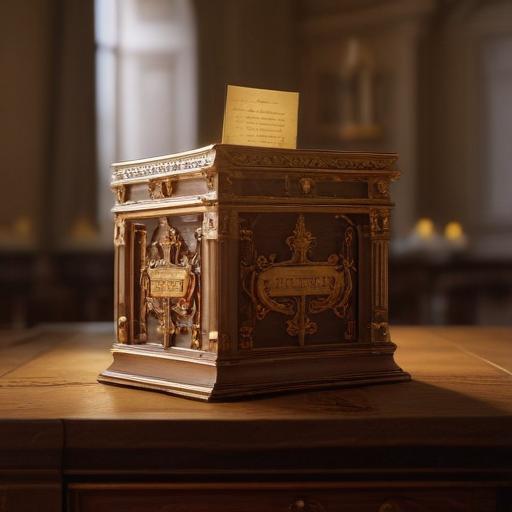The Vatican is set to witness a historic event as the papal conclave commences on May 7, 2025, bringing together a record number of 133 cardinals to elect the 267th pope following the death of Pope Francis on April 21. This gathering marks the largest group of voting cardinals in the history of the church, with 108 of them having been appointed by the late pope.
The cardinals from across the globe will participate in this secretive and sacred election process, with a significant representation from Europe, where Italy leads with 17 electors, followed by five each from Spain and France. North America contributes 16 electors, including 10 from the United States. Other regions like South America, Africa, Asia, and Oceania are also represented.
The conclave will officially kick off with a mass at St. Peter’s Basilica, attended by all 220 cardinals. The voting process will begin later in the day in the Sistine Chapel, marked by the iconic “extra omnes” proclamation signaling that only the electors may remain.
Cardinals are required to take an oath of secrecy and will participate in multiple rounds of voting each day, with the notable tradition of burning ballots after each vote to signal outcomes with smoke: black for no decision and white for the election of a new pope. The process may unfold swiftly or extend over several days, but historical trends suggest a preference for quicker resolutions, as noted by Cardinal Jean-Paul Vesco and Cardinal Louis Raphael Sako, who both anticipate a brief conclave.
As speculation swirls around potential candidates to replace Pope Francis, frontrunners such as Pietro Parolin, Luis Tagle, and Robert Prevost are gaining attention. The qualities sought by voting cardinals include holiness, the ability to evangelize effectively, and strong management skills.
Recording devices and phones are prohibited in the Sistine Chapel to maintain the confidentiality of these proceedings, highlighting the gravity and solemnity of the moment as the Catholic Church prepares for a new chapter in its leadership.
This conclave not only represents a pivotal moment for the church but also an opportunity for renewal and hope among the faithful as the cardinals seek a leader who can guide them into the future.
